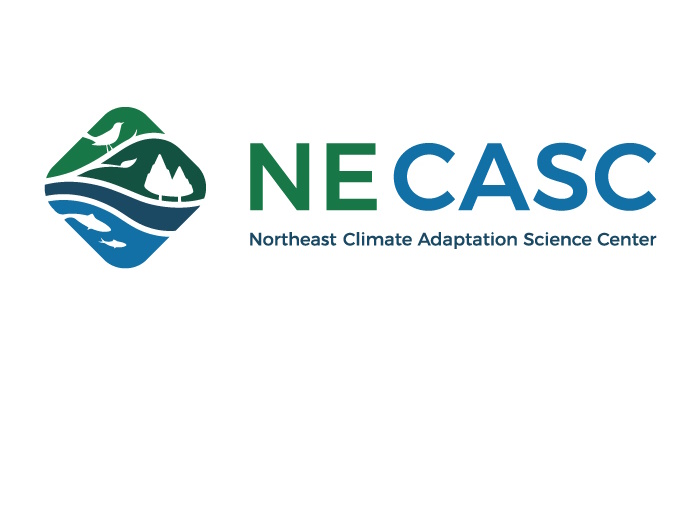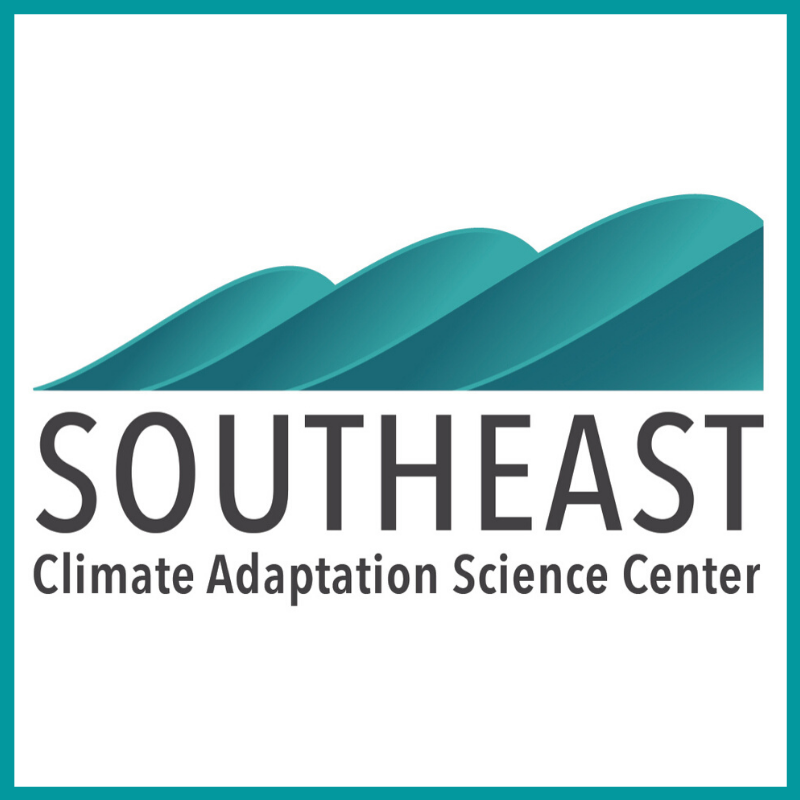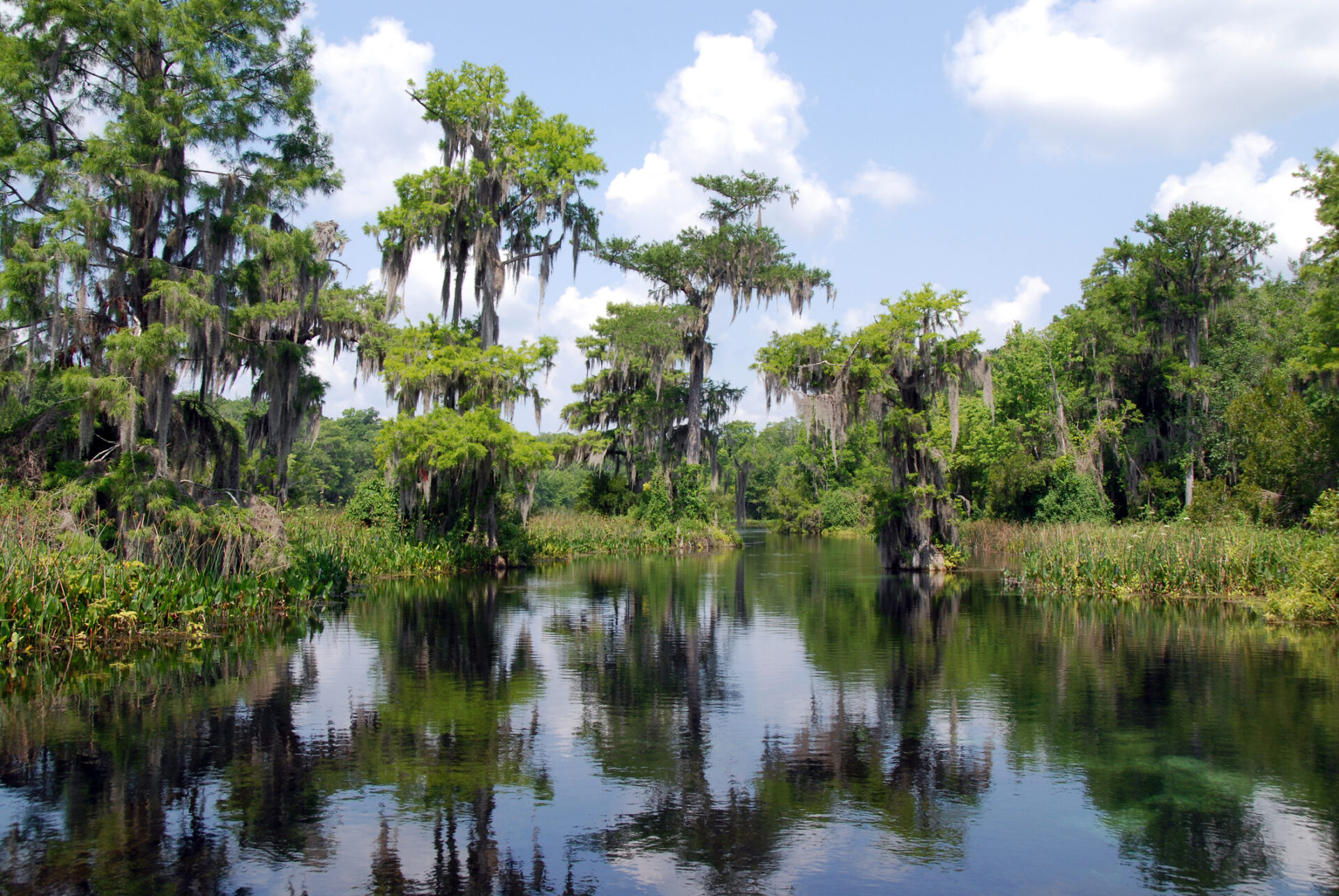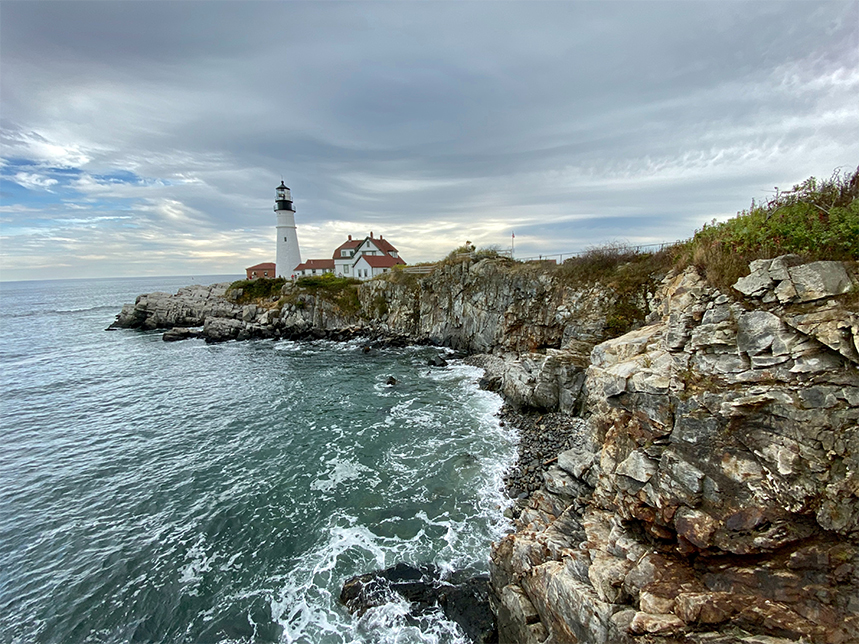
Introduction
Created in 2017, the USET Community Resilience Program assists Tribal Nations with community resilience planning. Through the OERM staff, this program also connects Tribal Nations with resources at regional Climate Adaptation Science Centers and other partners to support Tribal adaptation planning and resiliency.
Southeast Regional Climate Center
The SERCC serves Alabama, Florida, Georgia, North Carolina, South Carolina, Virginia, Puerto Rico and the U.S. Virgin Islands. The mission of the SERCC is to provide timely, high quality, and pertinent climate data and information to public and private users in the region. Access the Resource
South Carolina Forestry Commission – South Carolina’s Statewide Forest Resource Assessment and Strategy
South Carolina is blessed with a rich diversity of forest resources. Comprising approximately 13 million acres, these forests range from hardwood coves in the foothills of the Appalachian Mountains to maritime forests along the Atlantic Coast. Along with this diversity comes a myriad of benefits that these forests provide…
South Carolina Forestry Commission – Invasive Species of South Carolina’s Forests
The South Carolina Forestry Commission is proud to present this guide to some of the most common and problematic invasive species encountered in our state’s forests. Access the Resource
South Carolina Forestry Commission – Forest Health: Threats to South Carolina’s Forests
This forest health manual highlights some of the insect pests and diseases you are likely to encounter in South Carolina’s forests, as well as some threats that are on the horizon. Access the Resource
Silvics of North America
The silvical characteristics of about 200 forest tree species and varieties are described. Most are native to the 50 United States and Puerto Rico, but a few are introduced and naturalized. Information on habitat, life history, and genetics is given for 15 genera, 63 species, and 20 varieties of…
Riparian Restoration Decision Support Tool
An innovative riparian planting and restoration decision support tool, funded by the Appalachian LCC, is now available to the conservation community of the Northeast region of the country. This user-friendly tool allows managers and decision-makers to rapidly identify and prioritize areas along the banks of rivers, streams, and lakes…
RHODE ISLAND FOREST RESOURCES ASSESSMENT and STRATEGIES – June 2010
The Division of Forest Environment and the State Planning Council worked collaboratively to produce the RHODE ISLAND FOREST RESOURCES ASSESSMENT and STRATEGIES in June 2010. “The objectives of the Statewide Planning Program are: (1) to prepare strategic and systems plans for the state; (2) to coordinate activities of the…










